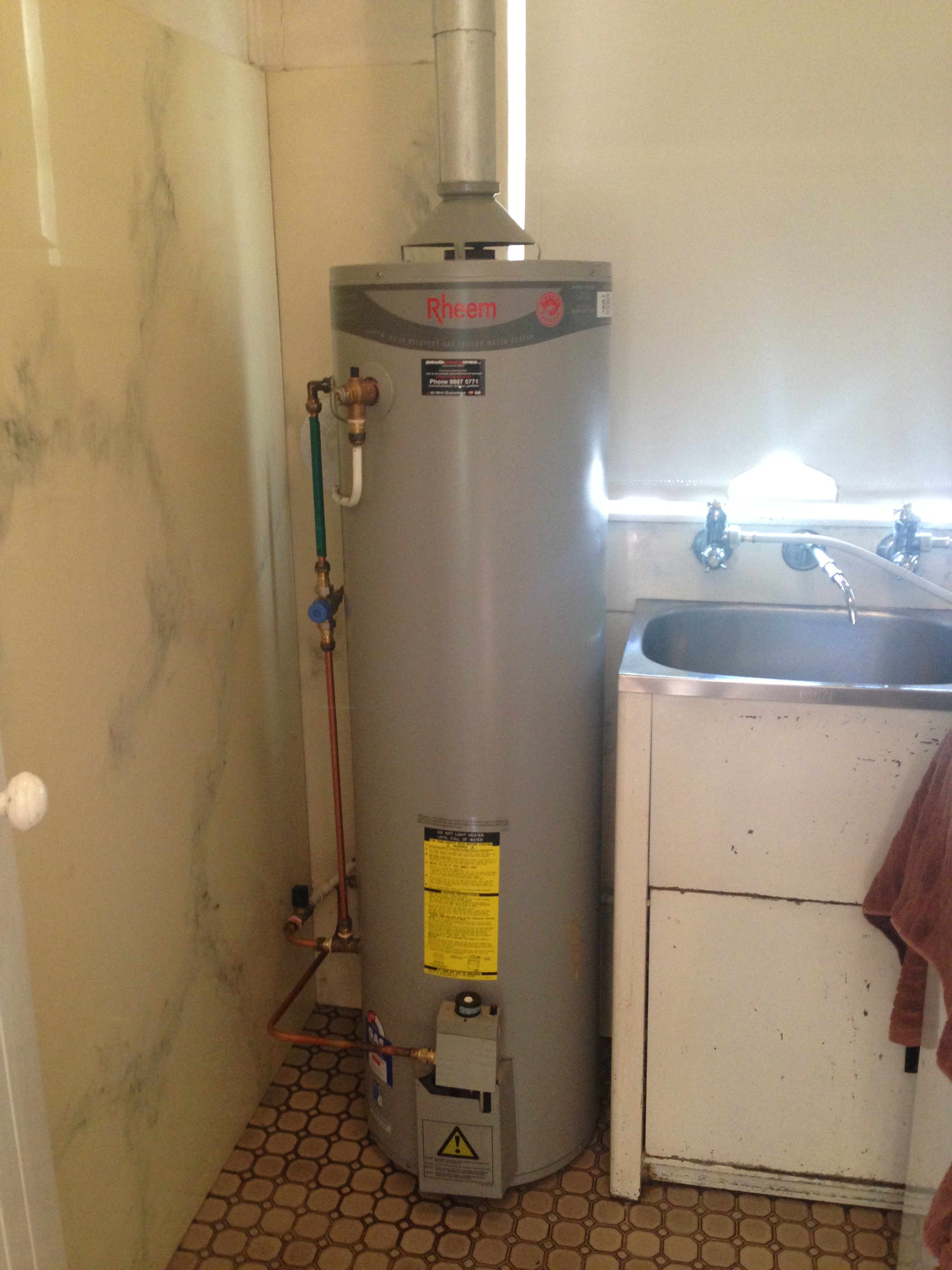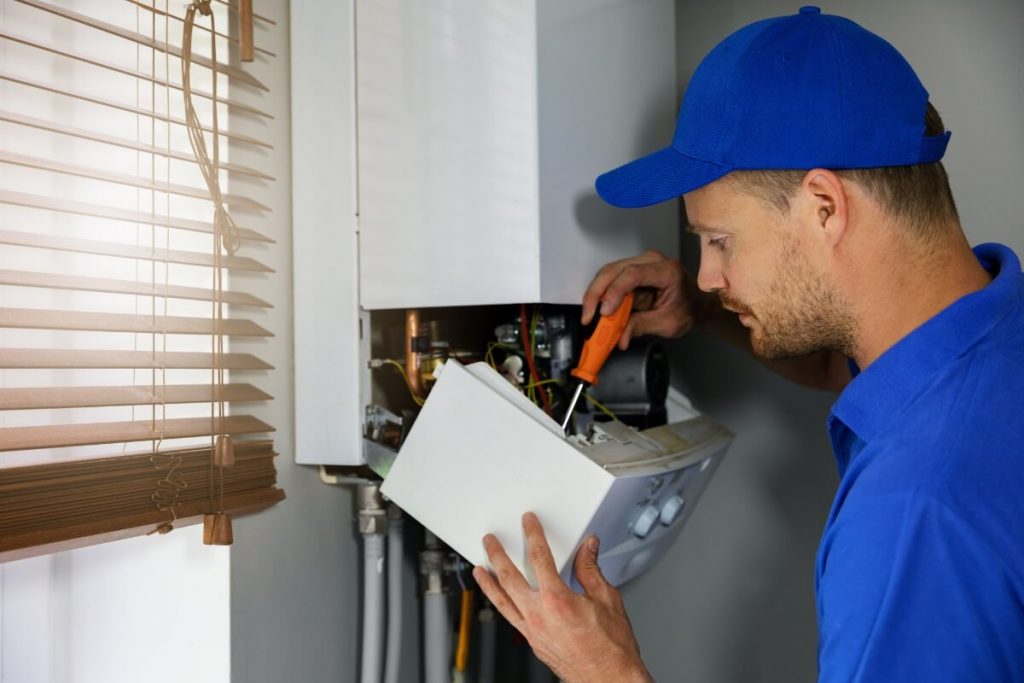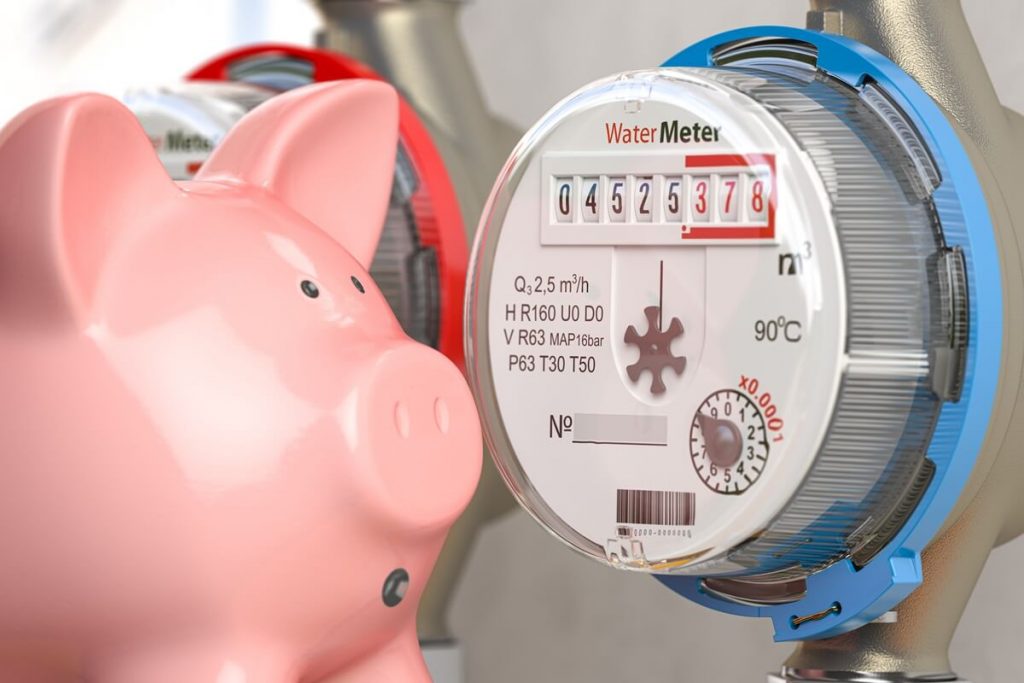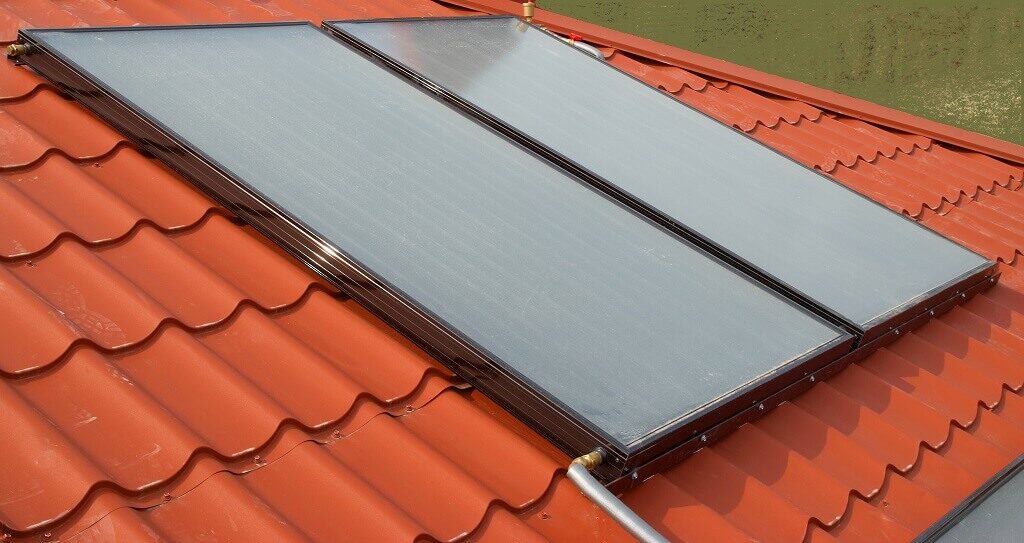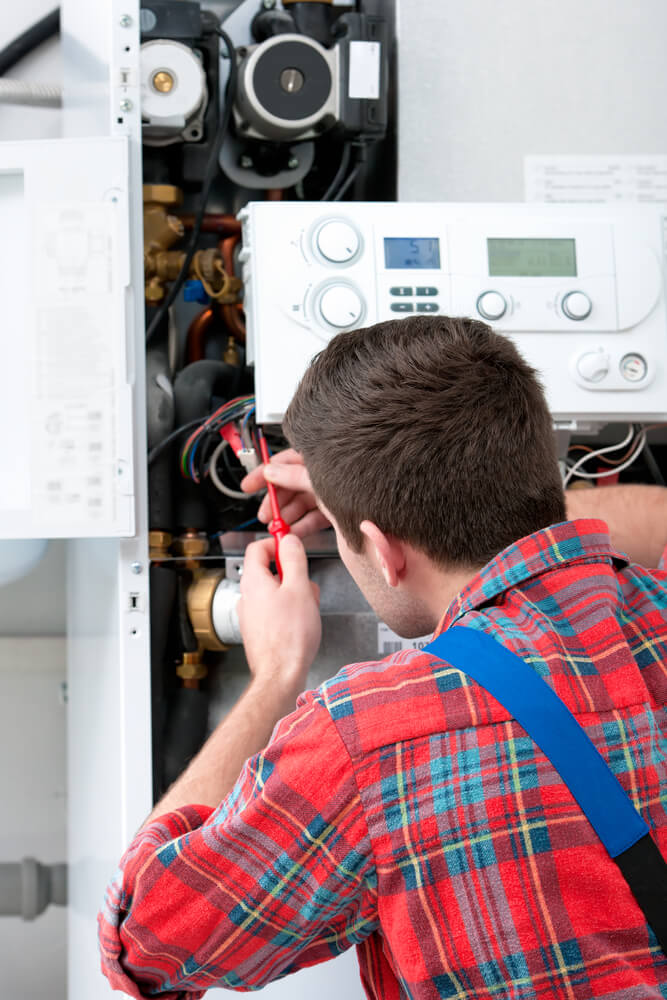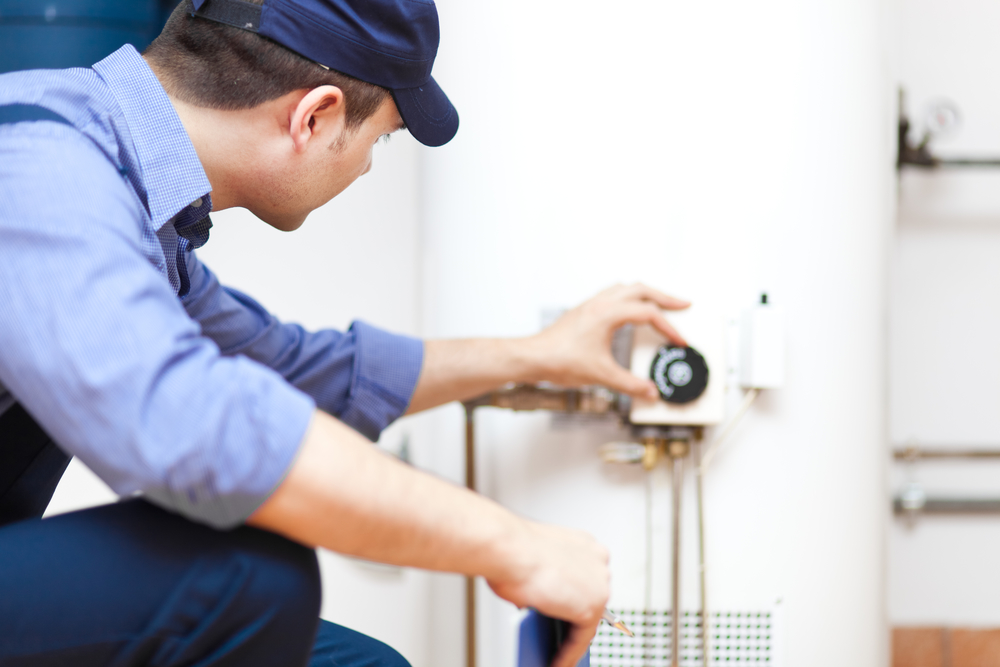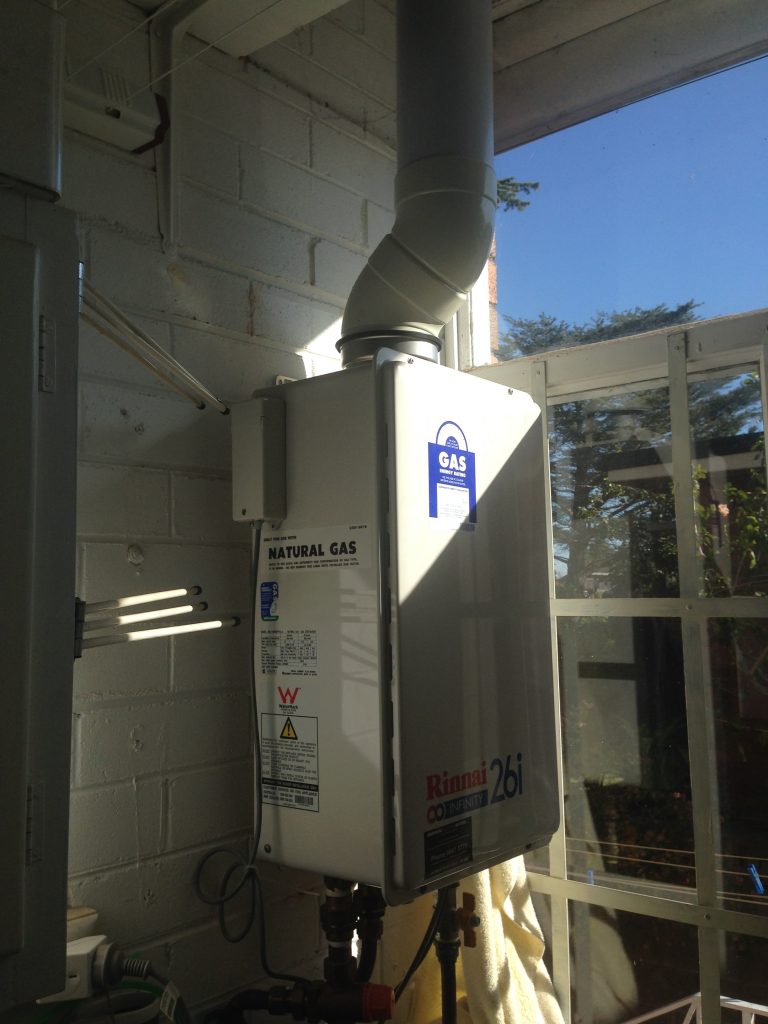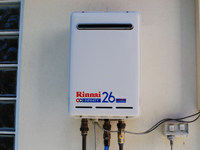Updated July 24 by Joe Rantino
How To Know If Your Hot Water Pressure Relief Valve is Leaking
The dreaded hot water system drama. It’s always in winter. It’s always when you need it least. But if your hot water pressure relief valve is leaking it’s time to suck it up and call in Gladesville Plumbing. Leaking water around your hot water system is a big red flag that something is wrong. Pressure Relief Valves are there to do just that, so any malfunction should be treated as serious. Getting to know the parts of your hot water system, like the temperature and pressure relief (TPR valve), is one way to help you diagnose problems and know when a lack of hot water might be an (expensive) emergency plumber job in the making.
What is a hot water pressure relief valve?
A Temperature and Pressure Relief Valve (or TPR valve for short) is designed as a safety measure. You’ll find it about three quarters of the way up the hot water cylinder, with a little lever handle on it. It works by automatically releasing pressure inside of your hot water cylinder during the heating cycle; when you’ve had a shower, for example, or when someone has used the dishwasher.
If the temperature or pressure of the water in the tank gets too high, it vents the hot water and prevents the system splitting or exploding. A damaged valve can definitely be dangerous. Is your hot water system going to explode? Probably not. But if the hot water pressure relief valve is deteriorating, there could be a bigger underlying problem. And yes, they do explode. Rarely. But it does happen.
Your hot water system will likely last between 10 and 15 years (with regular maintenance), if yours is getting on, don’t risk it. Learn more about hot water system intallations now.
How to know and what to do
The TPR valve will release a small amount of water throughout the day, so sometimes it can be a little difficult to determine if there’s a real leak. If you notice that the valve is constantly running, you’ll know it needs replacing. There is a simple bit of maintenance you can perform on your hot water system to determine if the leak means the valve needs replacing.
Firstly, check to make sure that the area underneath the outlet pipe is clear from obstruction. You’ll want to make sure you’re standing as far away from the pipe as possible.
Next, carefully life the handle on the TPR valve. If the handle is stuck, don’t force it. If you can’t move it, it needs to be replaced. If you can move it, you should see very hot water flow out from the end of the outlet pipe. You’ll want to gently return the valve to the closed position, which should cut off the flow of water. If the water doesn’t stop, the valve isn’t working properly and you need to replace it.
The typical rule of thumb is that this is something you should do every 6 months or so. TPR valves have a short service life, so you should be replacing them every 5 years.
Can you replace a TPR yourself?
Replacing a temperature and pressure relief valve yourself carries risks. Because it plays an important role in preventing pressure build-up in the unit, incorrect DIY repairs could be dangerous. Nobody wants an exploding hot water system. Doing plumbing and unit maintenance yourself can also cause warranty problems, or should anything go really wrong, your insurance company may decline your claim. If in doubt, call in your favourite Sydney Plumber.
If you can’t seem to tell whether your hot water system relief valve is leaking, it’s always best to let the professionals take over. If you have any issues with your hot water system, contact the team at Gladesville Plumbing today at 9817 4777, and we’ll give you a hand!


